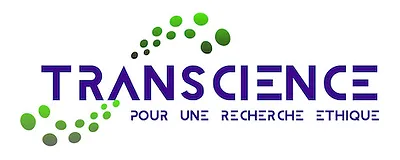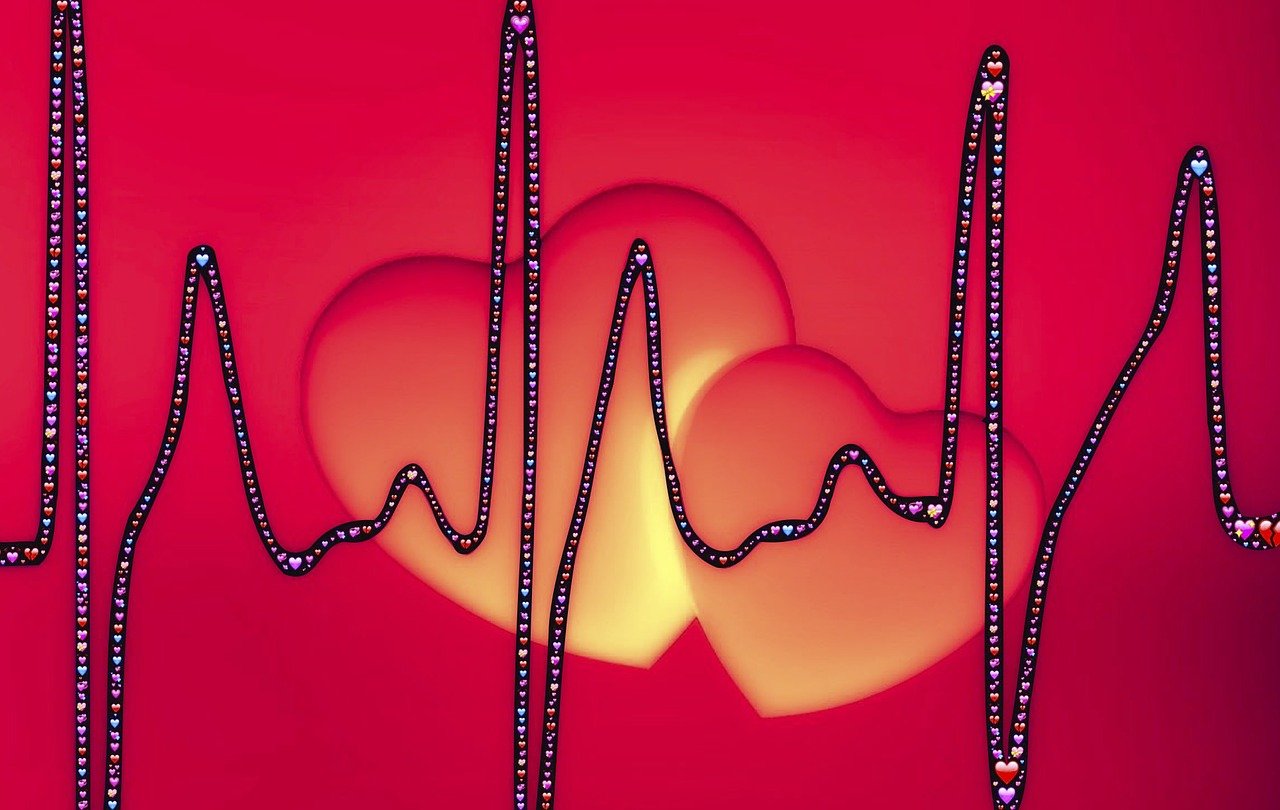Generally speaking, the term digital twin (or virtual twin, or virtual patient) means building a digital model that faithfully reconstructs a physical reality: an object, an operation or a system.
These techniques use data analysis, artificial intelligence and machine learning to create true digital simulations. They are widely used in the industrial world.
In biology, numerous applications have already been developed, making it possible to analyze situations that are difficult to study experimentally (pharmacology in pregnant women, for example, to predict fetal exposure to drugs, rare diseases for which it is often difficult to carry out a clinical trial, etc.), to multiply the possibilities for simulating the progression of a disease, and to replace the use of animals in current applications.
The aim is to represent a system numerically, highlighting its components and the interactions between them. Such models can be used to describe the system and predict its evolution, either spontaneously or under the effect of product administration. Digital twins make a major contribution to assessing the efficacy and safety of drug candidates, taking into account patient heterogeneity (which can be approximated using multiomic molecular profiling data).
The French company Dassault Systèmes is at the forefront of this field in the industrial sector, and in healthcare, began modeling the human heart back in 2014. To develop these methods in other areas of healthcare, the company has teamed up with several academic and private partners in the MEDITWIN project, which aims to create a global experience for doctors and patients alike, through the intersection of different specialties, pathologies and treatments. Personalized virtual twins of organs, metabolic processes or cancer cells will be developed, enabling doctors to simulate care scenarios for each patient, improving the accuracy of diagnosis and treatment. MEDITWIN is supported by the France 2030 investment plan.
FC3R organized a webinar on the contribution of digital twins to the study and treatment of immune diseases on February 6, 2025 : replay here of the three presentations:
- Digital twins and precision medicine applied to immune system diseases (P. Moingeon)
- Building a digital twin for rheumatoid arthritis – Science or science fiction? (A. Niarakis)
- Vaccine response modeling (A-S. Beignon and V. Deman)
On June 11, 2024, Ecole Polytechnique organized a seminar entitled “Digital twin: the ideal partner in prevention”, with presentations by:
- Stanley Durrleman, Founder & CEO of start-up Qairnel, Inria Researcher, Paris Brain Institute
- Claire Biot, Vice-President, Life Sciences and Healthcare Industries, Dassault Systèmes
- Prof. Abdul Barakat, Co-director of the interdisciplinary Engineering for Health Centre (E4H), Director of Research, École Polytechnique, Institut Polytechnique de Paris
The European Digital Twin for Health (EDITH) project, funded by the European Commission, plans to develop the architecture of a simulation platform designed to implement a Virtual Human Twin (VHT), an integrated multi-scale, multi-time and multidisciplinary virtual representation of quantitative human physiology and pathology specific to each patient.
The aim of this project is to accelerate the development, integration and adoption of patient-specific predictive computer models used as clinical decision support systems for personal health forecasting or as methodologies for the development and de-risking of personalised medical products.
The vision of EDITH is to facilitate the realisation of the opportunities presented by VHTs for the benefit of patients, healthcare providers, regulatory bodies and industry, both within Europe and globally.




